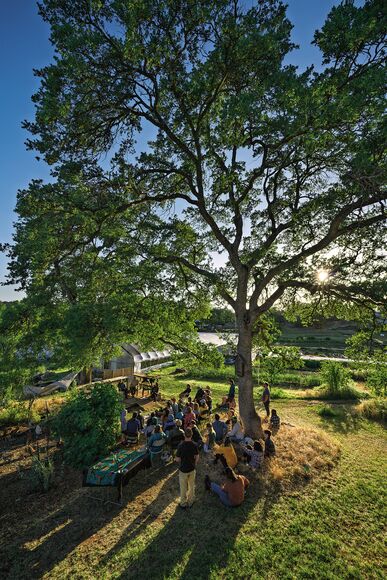
Our second tip for successful collaboration, from the book Tools to Save Our Home Planet, published by Patagonia.
Revisit Tip #1 here
Tip #2 - Go Slowly to Go Fast
Many collaborations rush decisions to get to a sense of accomplishment, or focus right away on the specifics of planning a campaign or program. The need to move quickly naturally arises both within us as leaders, and within the group. While it might feel counterintuitive, we have witnessed that slowing down to ask questions around why and how we want to work together will set up an important determination: What are we doing together? Asking bigger questions helps frame the specifics of what creative action the group can pursue.
The Water Center at the University of Pennsylvania-an applied research center focused on solving today’s urban water challenges-surveyed eight networks of water-related organizations in 2019. They noted the number of years it took for each network to form, ranging from six months to eight years. The collaboration that formed in just six months ended after just two years.
Municipal multi-sector tree collaboration, participant observation:
“The most important qualities of leading start with silence, then listening, and then intention, in that order. I can feel myself falling into a different way of being, into a quieter place, quieting my mind, and listening to [other leaders in the group] at their pace. If I can be in that place, then it all just happens; I don’t even have to work at it. The intention is to listen and understand their concerns, not to think I know their questions and concerns or ideas. Lead with the intention to serve our common goals.”
Actions to Slow Down:
- Before each meeting, jot down what your intentions are as a leader of the collaboration. At this point in the collaboration, what does the group need most from you as a leader?
- Remind yourself and the group about the importance of the big questions. Emphasize that building a solid foundation for effective longterm collaboration is worth investing in, rather than rushing toward fast decisions about questions that may ultimately block collective action.
- When setting meeting agendas, assess whether the time allocated is reasonable for the work you want to accomplish or decision(s) that need to be made. Avoid “fitting” the work into the agenda because of urgency to move toward actions or decisions.
- Take the time to set up multiple rounds of storytelling to understand each organization in the collaboration-their mission, current work, expertise, and needs.
Want to read more of the Seven Tips for Collaboration? Sign up for our email list to get access!
